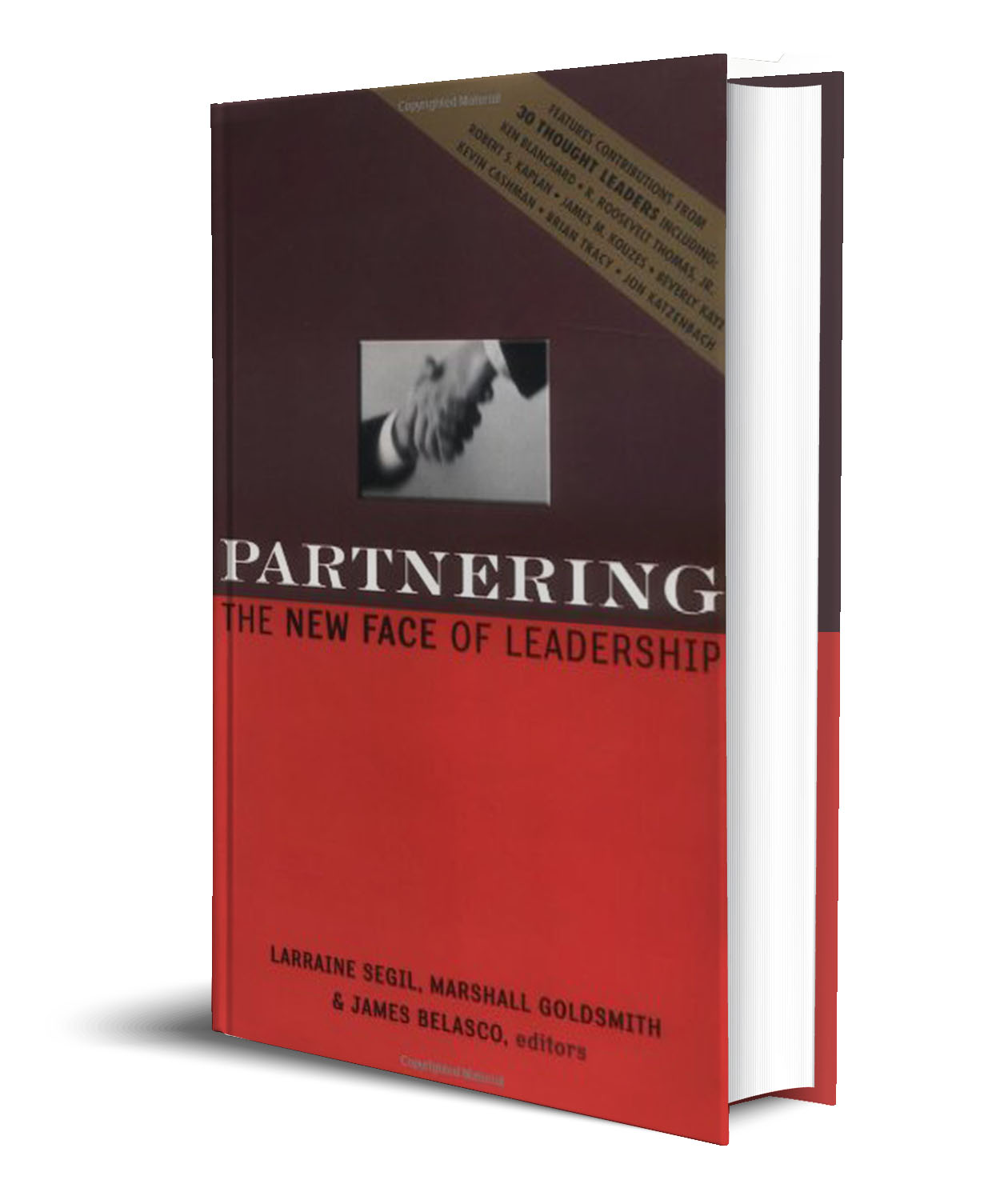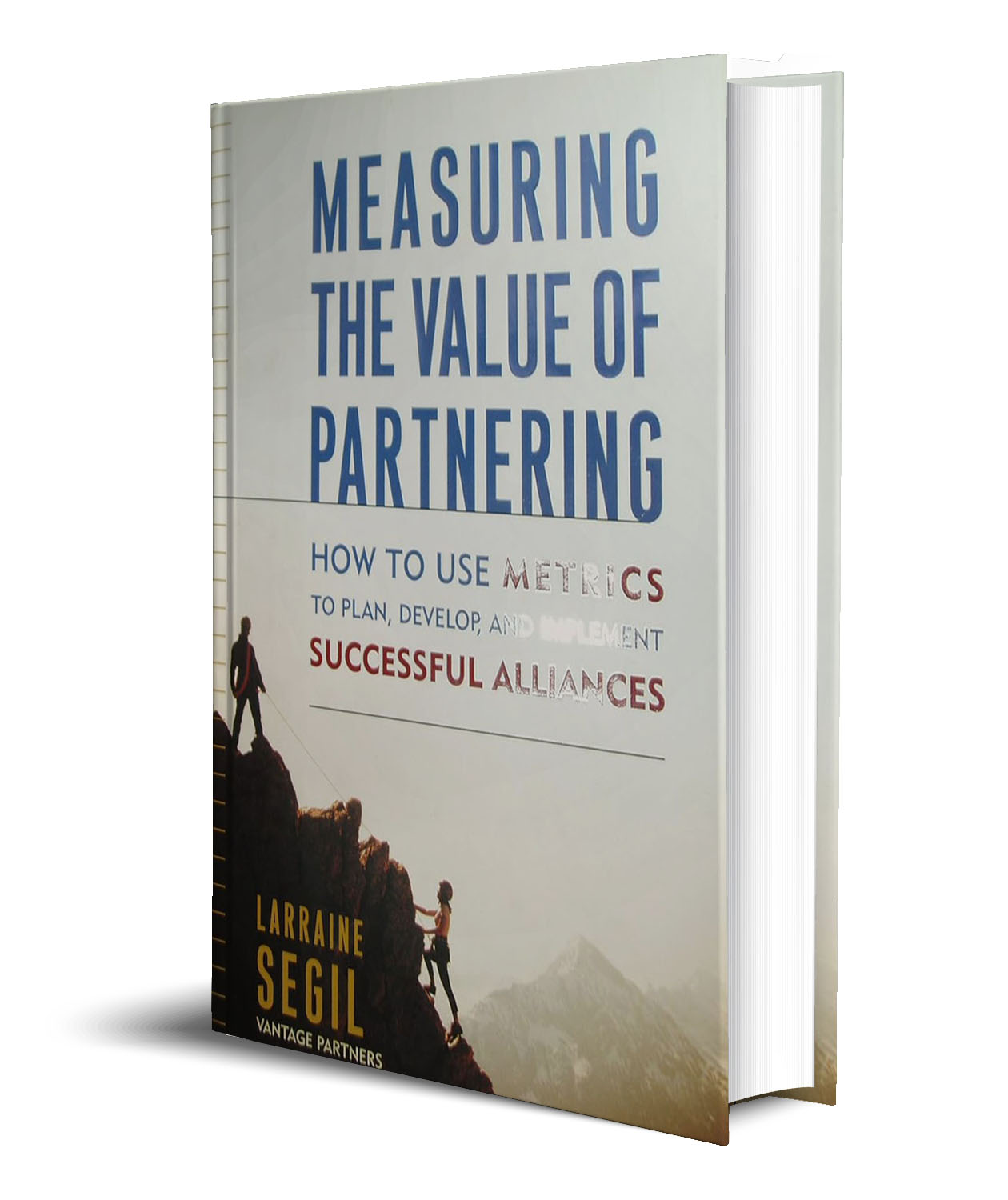5 Ways to Make Alliances Work
THEME: 7 MEASURES OF SUCCESS
However, despite their prevalence and increasing importance, most alliances fail. It is a widely accepted fact that the majority (60 percent) of alliances either fail outright, fall captive to shifting priorities, or achieve only initial goals, and 55 percent fall apart within three years after they are formed.
In my research over the past 20 years, and most recently for my latest book, I have found that alliances most often fail not because of poor strategy and development or business mismanagement, but because partner companies are unable to work together effectively and are therefore, unable to achieve their joint goals. Unlike transactional business arrangements between companies, strategic alliances are open-ended, intimate, long-term, risky and unpredictable. They involve the combination of organizations with different cultures, values, histories, interests, and methods of operating.
While every organization is different and faces multiple challenges, there are systemic and recurring behaviors that often are precursors to alliance failure. Recognizing them enables one to implement corrective action.
(1) Building and Maintaining Internal Alignment
Critical to alliance success is the ability to build and sustain internal alignment about such issues as whether to partner, with whom to partner, the purpose and goals of partnering, how a partnership will operate, who will be involved, and when each milestone should be reached. Without the ability to maintain internal alignment, a company runs significant risks of sending mixed messages to, or acting inconsistently toward, its partners, misleading or confusing them, and jeopardizing trust between them.
The chances of both developing and sustaining alignment over the course of complex, long-term relationships are dramatically increased by putting an alignment system into place up front that identifies critical issues and who has ‘skin in the game,’ defines who is accountable for decision-making about various issues, and lays out a procedure for how data is gathered, by whom, for what decision, when, and then once the decision is made, how it is communicated to those touched by it. What does this mean? That attention must be paid to partnering internally with those in your own organization who may be in different functions, groups, or even divisions. Often these internal relationships need as much (if not more) attention as the selection, implementation and management of an external partner.
(2) Evaluating and Considering Relationship Fit with Potential Partners
Having the capability to evaluate and consider relationship fit means that in addition to strategic opportunities from the relationship, issues such as differences in corporate culture, operating style, values and approaches to business, should be evaluated during partner selection. Jointly, potential partners need to determine how to complement and adapt to what each does well (or badly) and to establish a plan for collaboration throughout the life of the alliance.
What do you do if you find that there are serious incompatibilities in style, culture or values and yet you know that for the business reasons involved, you must partner? This knowledge is your driver to create ways to deal with differences even before the relationship is launched, giving you a head start on resolving conflict later before those disagreements have a chance to corrupt the relationship.
(3) Building a Strong Working Relationship While Negotiating an Optimal Deal
In negotiating an alliance, organizations need to remember that even though all parties want the optimum deal, that the relationship tone and approach will often be set during the negotiation – and so attention must be paid not only to WHAT is agreed upon, but HOW it comes about. Often those who negotiate are not the same people who will implement, and a transition process needs to be included in the negotiation plan so that handoff can happen with the appropriate transfer of knowledge about the parties and the reasons how and why the deal came together as it did. Otherwise those who implement the deal may start redesigning it or finding fault with what was agreed to because they don’t understand the reasoning behind the terms, or, more important, don’t buy-in to the outcome.
(4) Establishing Agreed Upon Ways of Working Together
Working together in a structured and comprehensive way is not guaranteed for the partners in an alliance. Building an effective working relationship requires planning and ongoing management. Teams need to work with their partners early on to plan operationally who will do what with whom as well as ways to manage differences even before conflict happens. Scenario building and game playing can be ways to imagine differences of opinion in a ‘safe’ environment which enable the partners to discuss ways of working more effectively in such circumstances. It is important for organizations to go beyond contracts to define protocols for working together. These protocols will enable partners to manage both anticipated and unanticipated change, which is inevitable both from within the alliance, as well as externally from market fluctuations.
(5) Having Dedicated Alliance Managers
In order for alliances to be successful, it is critical for someone to manage the alliance on behalf of each of the partners. These “alliance managers” focus on the business of the alliance, and also the relationship between partners. Beyond business and/or technical acumen, alliance managers need the qualities of a good relationship manager — a strong problem-solver able to spot and resolve conflict, effective at seeing situations from multiple angles, skilled at listening as well as conveying important information, and tuned in to how well people are working together. In a benchmarking study for which I was the subject matter expert for the American Productivity and Quality Institute in Houston, Texas, we found that those organizations that placed responsibility for alliance management on top of a manager’s existing job were far less successful in their alliances than those where the alliance manager’s job was dedicated to that effort.
This means institutionalizing the role of alliance manager by developing people with both business management and relationship management skills and experience.
Associations need to partner with their members, as well as with other associations large and small. Knowing ‘who you are’ in terms of the assets that you bring to the table as well as ‘how you behave’ with respect to your culture and value systems, will enable you to find not only the strategic business fit, but also those organizations and institutions with whom your cultural fit is more appropriate. And if you must partner with a company, association or institution with whom the fit is challenging, knowing your areas of potential conflict from compatibility analyses1 and scenario building done early on in the development of the relationship will enable you to create ways to work together through disagreements. This structured planning and approach will stand you in good stead when, during alliance implementation, you inevitably hit a rather large bump in the road.
1. Intelligent Business Alliances, Random House Times Books, 1996 by Larraine Segil – Chapter Two dedicated to Compatibility Analyses and Methodologies.





Leave a Reply
You must be logged in to post a comment.